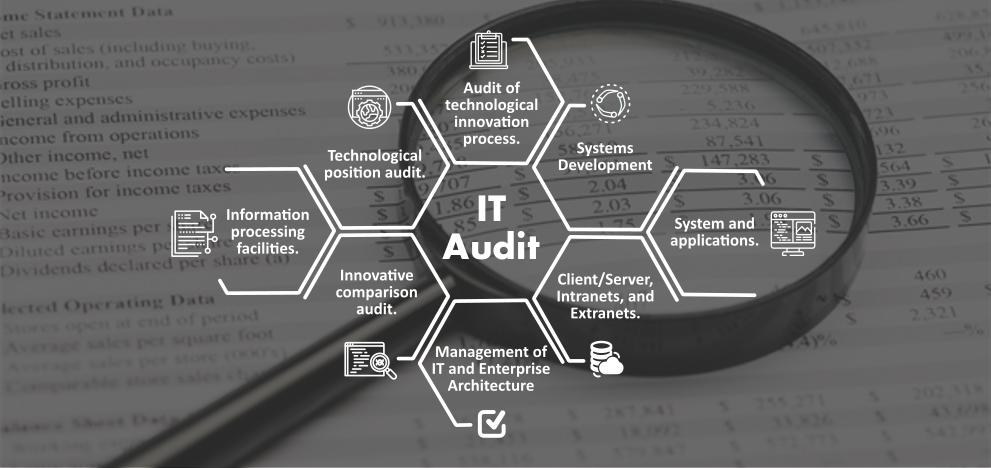For years, I have used the term “IT Audit” across various contexts — in system reviews, governance assessments, and operational diagnostics. However, I now feel it’s time to challenge this terminology. Not because the concept lacks importance, but because its generalization may blur the audit’s actual focus and intent.
Let me explain why I believe it’s more accurate to redefine our perspective.
Reframing the Term: From “IT Audit” to Contextual Audits
Instead of broadly saying IT Audit, a more precise and purposeful expression would be:
- Audit of IT Operations Supporting Business Processes, or
- Audit of IT Operations Supporting Back-Office Management Systems
What Exactly Are “IT Deliverables”?
The outputs of information technology are not vague abstractions. They are tangible products and services intended for end users, such as:
- Operating systems and networking platforms
- Communication and collaboration systems
- Device drivers, apps, and enterprise applications
- Databases, interfaces, and security frameworks
- Active and passive hardware, backup devices, hosting solutions, and intelligent systems
These deliverables go through quality assurance, functional testing, and industry compliance evaluations before reaching end users. At this stage, bugs are resolved, and the systems are deemed fit for deployment.
However, despite this robustness, once the systems are handed over, the real-world configuration, usage, and integration into organizational processes become critical points of concern.
Functional Misalignment: Where Problems Arise
Misconfigurations, ill-defined operational procedures, or inadequate integration of IT systems with core business processes or back-office functions can lead to major disruptions — but these are not failures of IT itself. Rather, they are symptoms of how *IT is implemented, customized, and maintained within the operational environment.
Business vs. Back-Office Systems
- Business Processes (directly linked to revenue generation):
- Core Banking Systems
- Healthcare Information Systems
- Retail and POS Solutions
- CRM Platforms
- Production, Manufacturing, and Logistics
- Hospitality and Education Management Systems
- Back-Office Management Systems (indirect, supporting functions):
- Finance & Accounting
- HR & Payroll
- Asset and Power Management
- Security & Surveillance
- Warehousing and Inventory (can apply to both business and back-office)
Each has unique objectives, user roles, compliance expectations, and operational risks. Thus, a single, generic “IT Audit” fails to provide the actionable insight needed for either domain.
A More Meaningful Approach to IT Audit
The term “IT Audit” should evolve into a functional, context-driven practice, focusing on the specific role IT plays in enabling enterprise performance. In this model, audit scopes could be phrased as:
- Audit for IT Operations Enabling Business Outcomes
- Audit for IT Configurations Impacting Back-Office Efficiency
Each audit should evaluate:
- Configuration adequacy
- Access control and user roles
- Integration with business logic
- Risk alignment with operational goals
Final Thought: Context is the Key
IT is not an autonomous disruptor; it is a tool. Problems arise not from IT’s existence, but from how it’s embedded into workflows, governed, and sustained. Therefore, auditing IT must mean auditing how it performs within its real-world context.
Let us move beyond the outdated umbrella term “IT Audit” and adopt a more practical, process-aligned, and insightful audit language that truly supports digital governance.


Leave a Reply